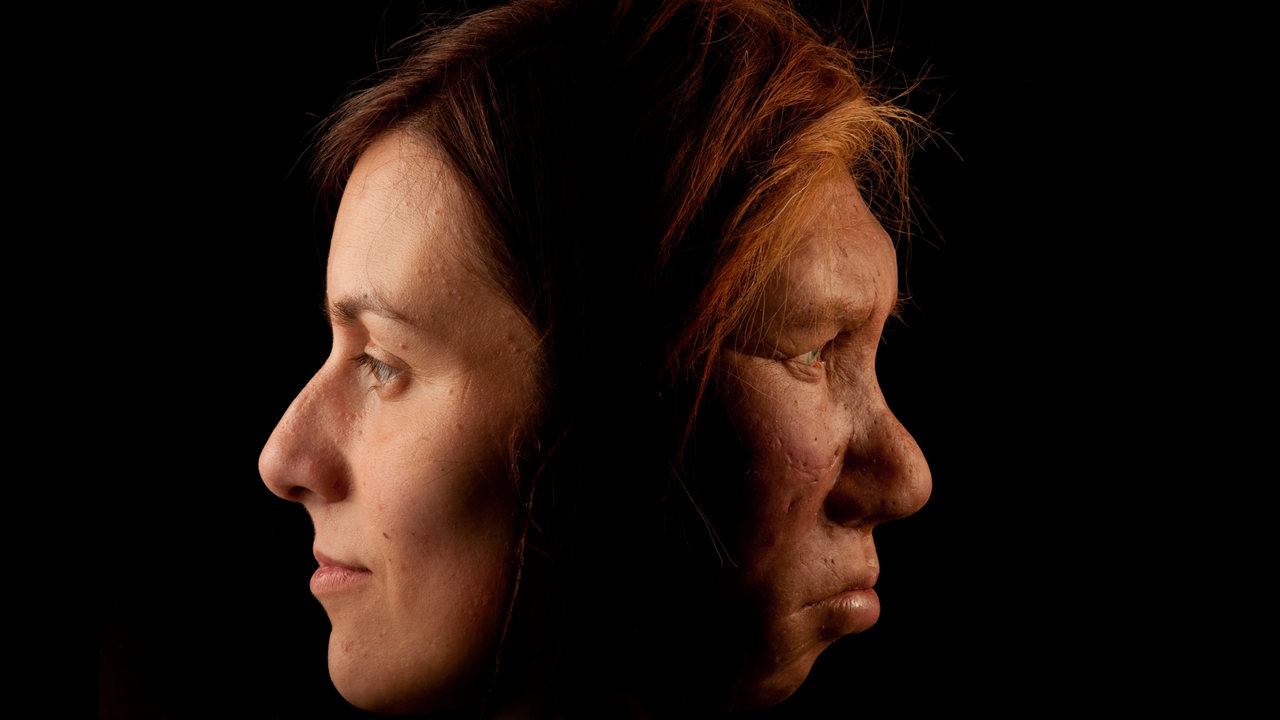Behind the Dismantling of the C.D.C.: Reform or ‘Humiliation’?
NegativeScience

The recent dismantling of the CDC has sparked a heated debate about whether this move is a necessary reform or a humiliating setback for public health. Critics argue that the changes undermine the agency's ability to respond effectively to health crises, while supporters claim it is a step towards modernization. This discussion is crucial as it impacts how the U.S. manages future health emergencies and the trust in public health institutions.
— Curated by the World Pulse Now AI Editorial System






